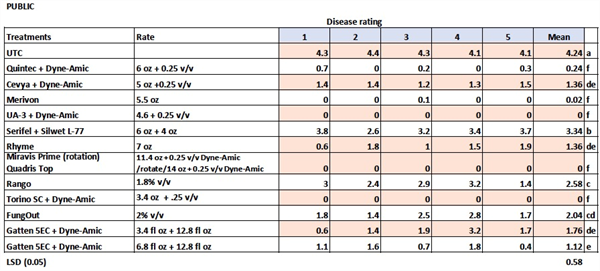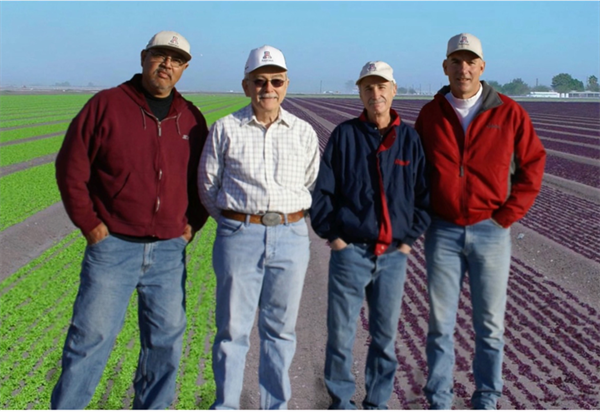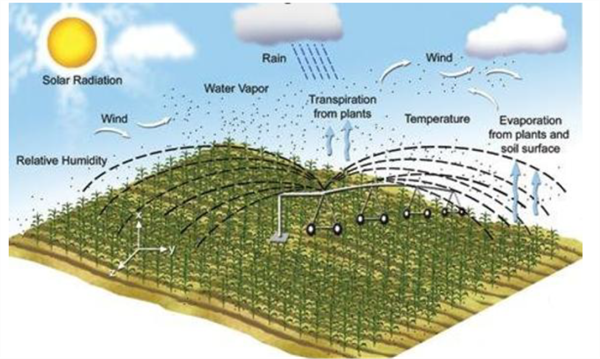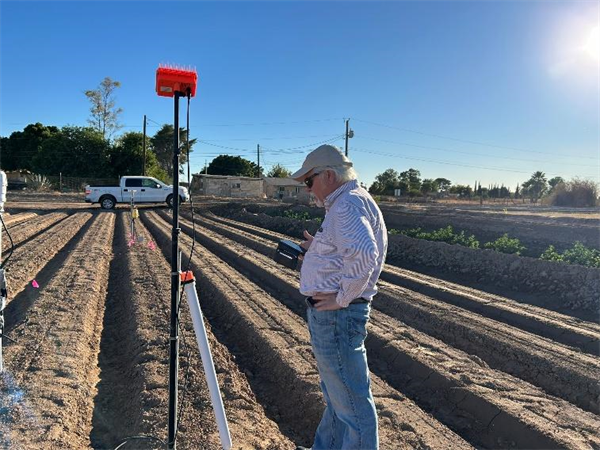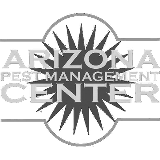-
Sep 18, 2024The Fall Produce Season in the Desert Has Begun
It sure feels like summer is finally over. Lots of Brassica transplants in the ground, and direct-seeded broccoli and lettuce plantings are establishing throughout the growing regions. In the past week, I’ve observed or received reports from PCAs of key insect pests beginning to show up (or not) on melon and early produce crops in the desert.
Seedling pests: Flea beetles (FB) are beginning to show up in transplanted crops like they always do, but pressure has been light so far. We haven’t seen much in our experimental plots at YAC either. Remember, FB adults lay eggs in the soil of their favored local host plants (i.e., alfalfa, cotton, purslane, pigweed and nightshade) where larvae feed on the roots to later emerge as adults. So, keep in mind, the source of that FB infestations hitting your new stands may not just be freshly cut hay, defoliated cotton, or disked weeds. Have had a couple reports of western stripped cucumber beetles in melons feeding on fruit and on cauliflower transplants feeding on new foliage. Remember they are a lot like FB and can be best controlled with a neonic/pyrethroid combo (Endigo, Venom+Pyr). Bagrada bug: No additional reports of bagrada bug adults in transplanted brassica fields yet, and have yet to see one in my broccoli at YAC yet. Fall populations have been very light over the past several years, but don’t fall asleep on these guys. It’s still early and they might surprise you as the season progresses. Look for those fresh feeding signs on cotyledons and young leaves. Experience suggests that they are most abundant after the monsoon humidity breaks.
Lepidopterous Larvae (worms): Worm pressure seems to be at or below normal depending on region. Areawide pheromone traps suggest that Beet armyworm moth activity is about normal (highest in Tacna/Roll/ Dome). Reports suggest they are most active in the field in the Roll/Wellton area right now. Trap catches so far show that Cabbage looper moths are almost non-existent, and no reports on melons to date. They should pick-up as we approach October. But they will show up sooner or later, so get ready. You have numerous insecticide alternatives at your disposal to control them. So far, Verimark transplant drenches appear to be providing expected residual control (25-30 days). Have had a couple of reports of Diamondback moth larvae on newly transplanted brassica crops. Plants originated from coastal California. However, we’ve yet to capture moths on pheromone traps which suggests that adult immigration on high altitude winds has not occurred this season. Remember, DBM disappear each summer and reestablish on desert crops via transplants or migrate in on monsoon/tropical storms. I strongly stress that you check your Cole crops closely this fall, particularly on plants originating from coastal CA. Rumor has it that Salinas has been battling DBM for some time this summer.
Whiteflies: Reports in area melons range from light to moderate numbers so far, but there is still cotton out there yet to be picked. Numbers have bee unseasonally low at YAC in out experimental melons, and no signs of virus yet. And adult numbers decreased dramatically in our experimental melons at the Ag Center over the weekend following the recent drop in temperature. Reports of light levels in early cabbage treated with Verimark. Remember, you have several insecticide alternatives to control them in melons and produce.
For more information on IPM approaches for these pests visit:- Insect Pests at Stand Establishment, 2024
- Guidelines for Diamondback Moth Management in Desert Cole Crops, 2024-25
- Lepidopterous Larvae Control Chart 2024
- Whitefly Control Chart 2024
 To contact John Palumbo go to: jpalumbo@ag.Arizona.edu
To contact John Palumbo go to: jpalumbo@ag.Arizona.edu







